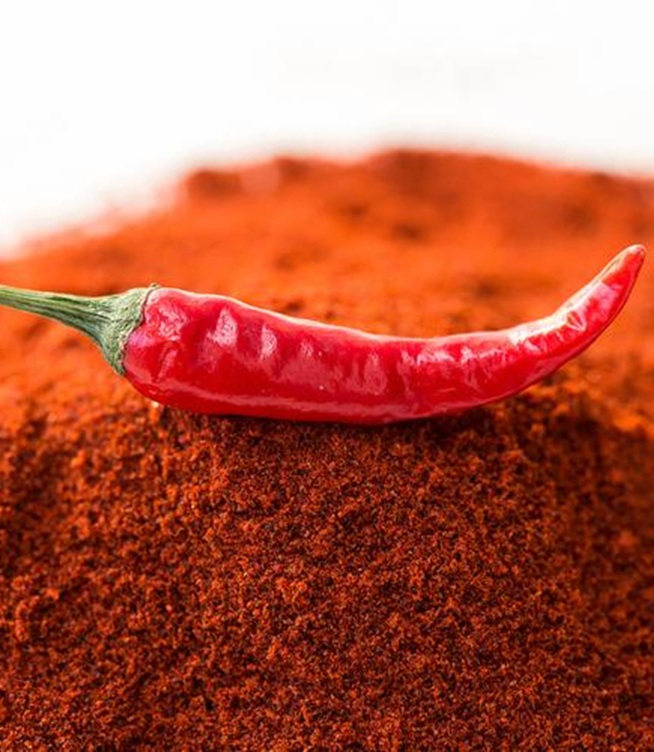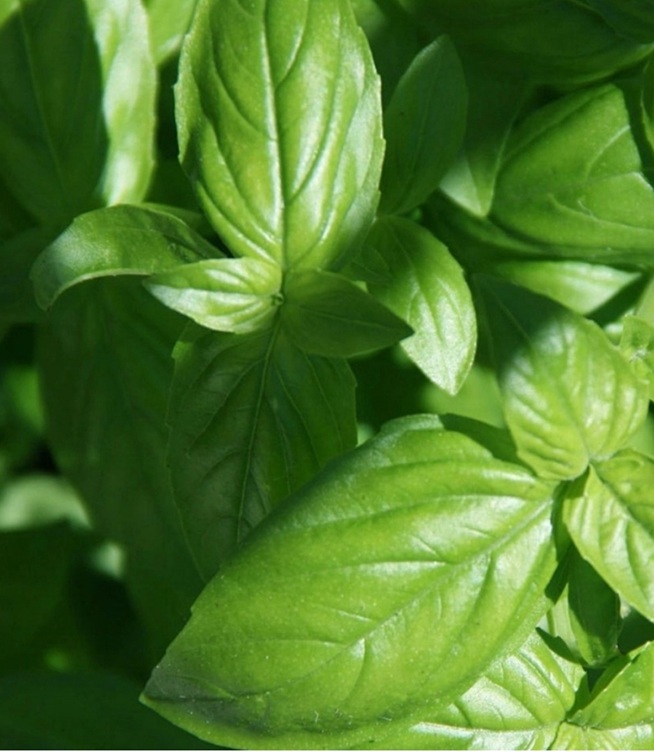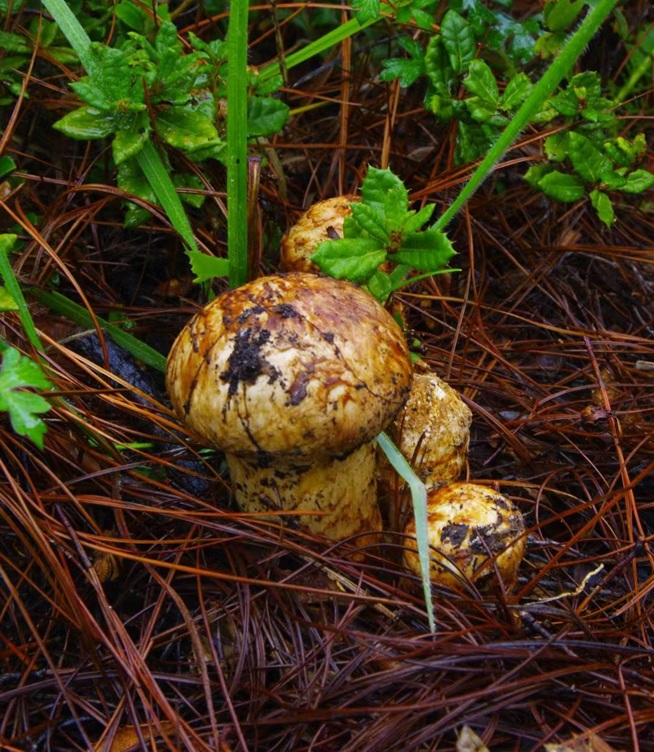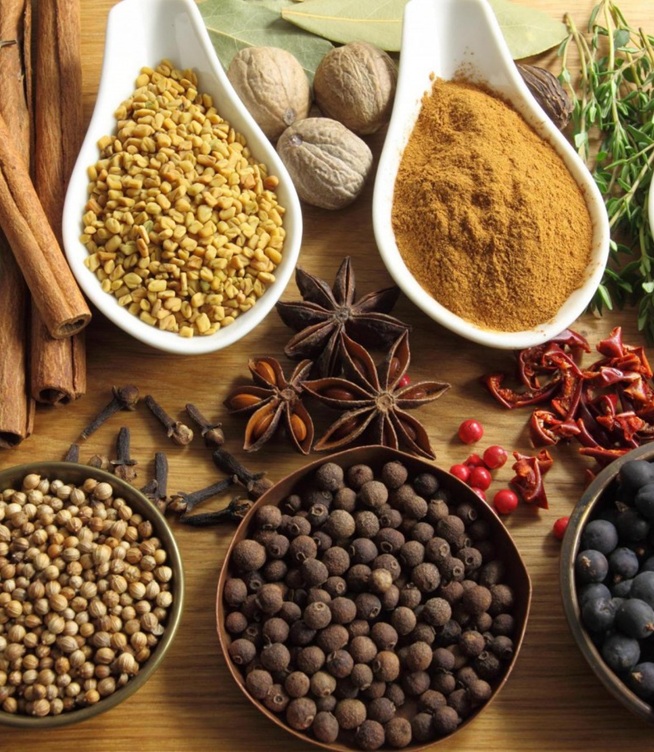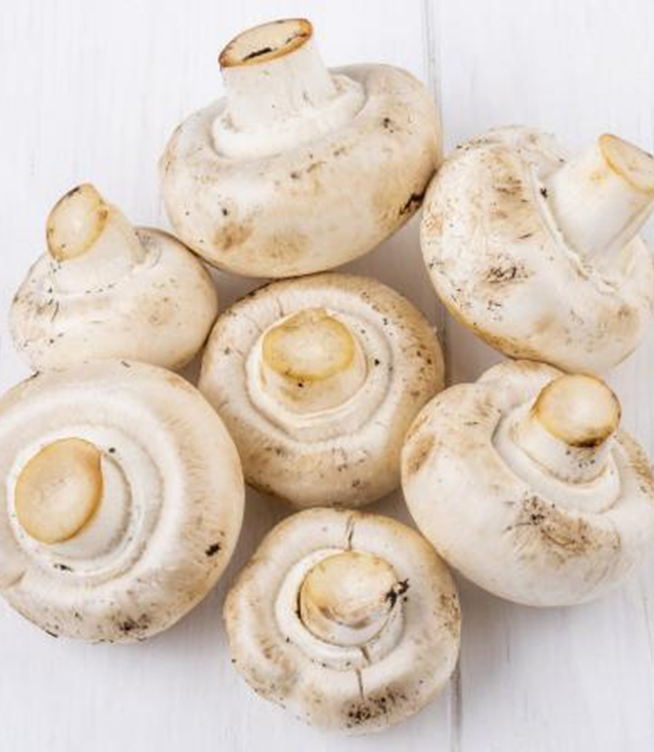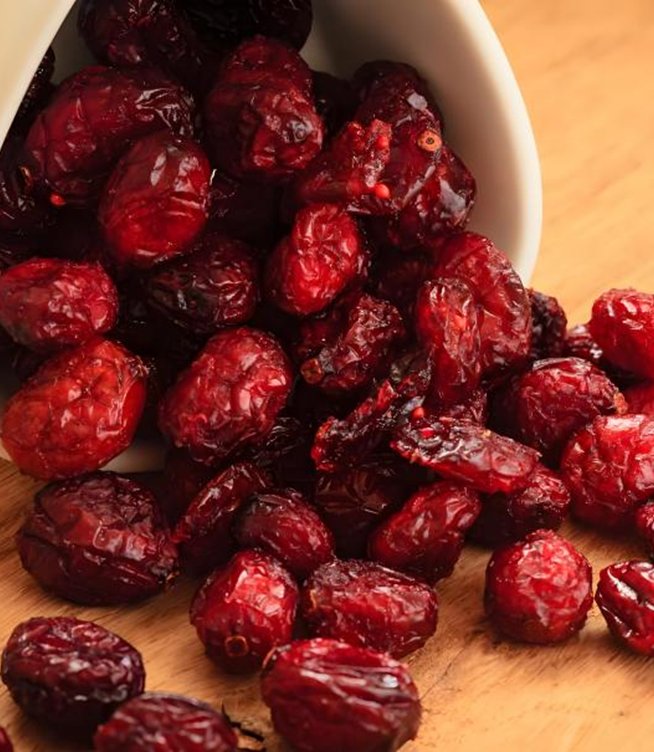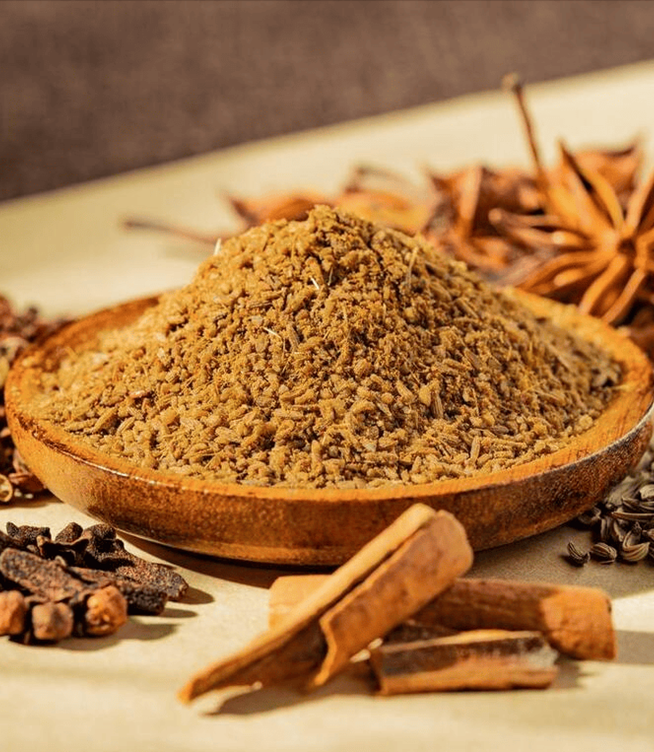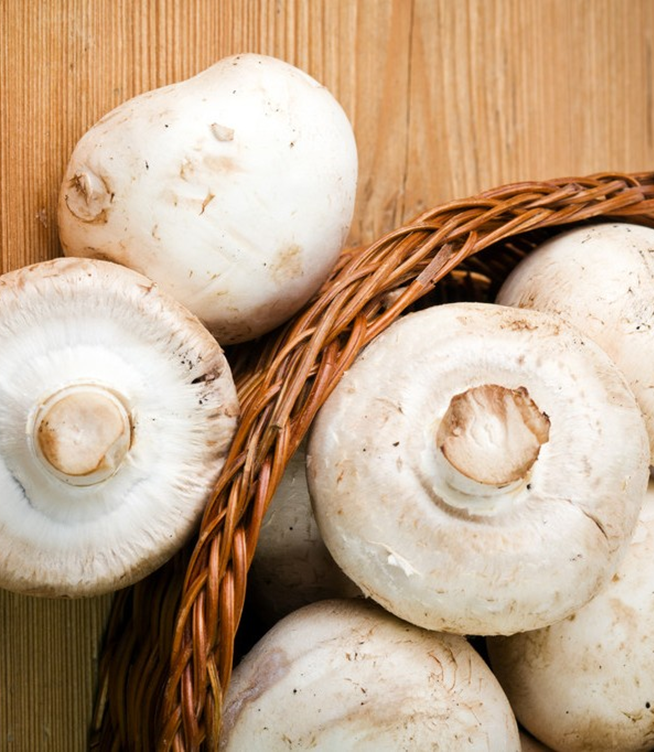What Does Paprika Taste Like? A Guide to Its Flavor and Uses
Paprika is made from dried and ground red peppers, known for its versatility in global cuisines. From Spanish paella to Hungarian goulash and smoky barbecue rubs, paprika plays a key role in adding depth and complexity to food. But what does paprika actually taste like?
Paprika: What Is It?
Paprika comes from the Capsicum annuum family, which includes a variety of red peppers. The peppers are dried and ground into a fine powder, creating a vibrant red spice that enhances both the look and taste of food. There are three main types of paprika: sweet, smoked, and hot.
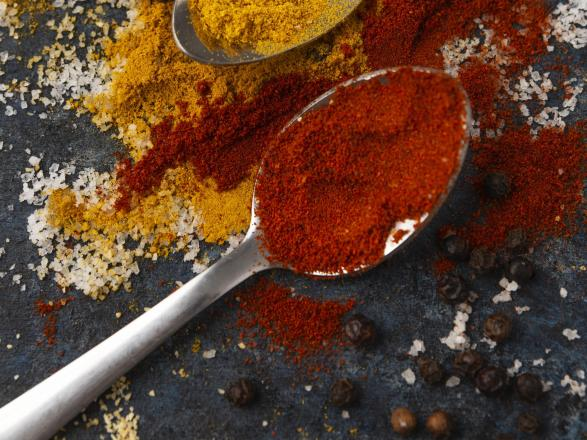
Flavor Profile of Paprika
The taste of paprika varies depending on the type of peppers used and how they are processed. Here’s a breakdown of the main varieties:
Sweet Paprika: This type has a mild, slightly sweet, and earthy flavor. It adds warmth without heat and is perfect for dishes where you want a gentle pepper taste without overpowering spice. Sweet paprika is commonly used in Hungarian cooking, especially in goulash and chicken paprikash.
Smoked Paprika: Also known as pimentón, smoked paprika is made from peppers that have been dried over wood fires. This gives it a deep, smoky flavor with hints of sweetness or spice, depending on the variety. Spanish cuisine often features smoked paprika in dishes like paella, chorizo seasoning, and grilled meats.
Hot Paprika: This type has a bold, spicy kick. It comes from hotter pepper varieties and adds a fiery depth to dishes. It’s often used in place of cayenne for a more complex heat. Hungarian hot paprika is particularly popular for adding spice to soups, stews, and sauces.
The intensity of paprika’s flavor depends on the variety of peppers used and how they are dried and processed. Some brands even offer blends that mix sweet, smoked, and hot paprika for a balanced taste.
Culinary Uses of Paprika
Paprika is commonly used to season meats, stews, and soups, adding warmth and depth without overwhelming heat. In spice rubs and marinades, paprika blends well with other seasonings to create rich, well-balanced flavors. It’s also a key ingredient in many global dishes—Hungarian goulash and chicken paprikash rely on sweet paprika for their signature taste, while Spanish paella and chorizo seasoning often include smoked paprika for added depth. In Mexican and Middle Eastern cuisines, paprika is frequently used in spice mixes for tacos, chili, and roasted vegetables.
Beyond savory dishes, paprika can enhance sauces, dips, and even egg-based recipes like deviled eggs. Its vibrant red color also makes it a great finishing touch, sprinkled over dishes for a visually appealing presentation.
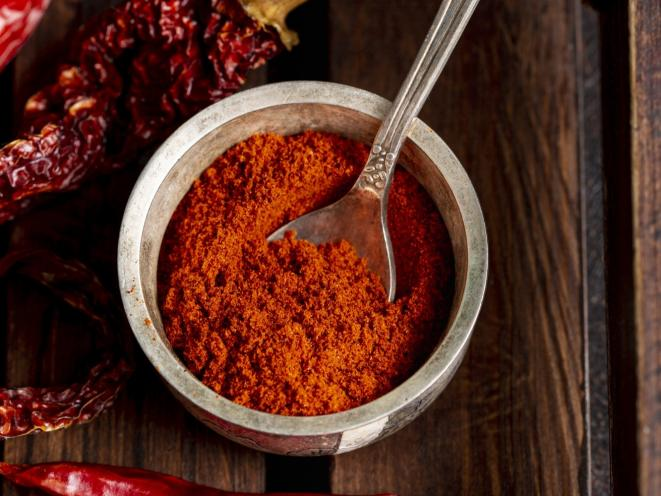
Tips for Cooking with Paprika
To get the best flavor from paprika, try blooming it in oil or butter before adding it to a dish. This simple step releases its natural oils, making the spice more aromatic and flavorful. When cooking, choose the right type for your recipe—sweet paprika for mild warmth, smoked paprika for a deep, woodsy taste, and hot paprika for a bold kick. To keep paprika fresh, store it in an airtight container in a cool, dark place, as heat and light can dull its potency over time. For the most vibrant flavor, use it within a year and always check for freshness before use.
Conclusion
With different types to choose from, this versatile ingredient fits into various cuisines worldwide. Whether you sprinkle it over roasted vegetables, mix it into a stew, or use it in a spice rub, paprika brings out the best in your cooking. Experiment with different varieties to find the perfect match for your favorite dishes, and enjoy the depth of flavor this spice has to offer.


